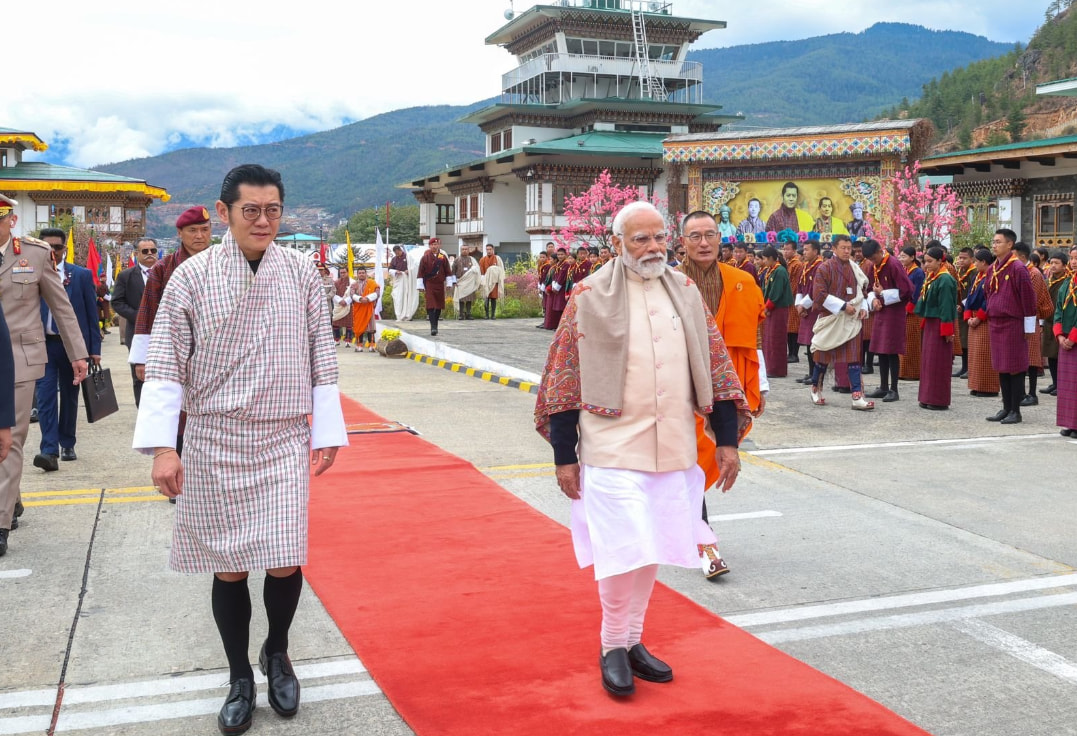Prime Minister Narendra Modi is currently in Bhutan, a visit aimed at reinforcing India’s special relationship with Thimphu. The timing of the visit, amidst ongoing boundary negotiations between Bhutan and China, has not gone unnoticed, bringing the focus back on China’s gray zone warfare in the Himalayas.
China’s Gray Zone Warfare
China’s gray zone warfare employs a toolkit of legal, political, diplomatic, economic, and psychological means to coerce and subdue other states to align with Chinese interests. One such strategy is the development of infrastructure in border areas, enhancing military capabilities and undermining Bhutan’s sovereignty.
The Significance of Modi’s Visit
The visit by Modi is seen as a strategic move to counterbalance China’s influence in the region. It underscores the importance India places on its relationship with Bhutan, a country that has been a steadfast ally in South Asia.
The visit also serves as a reminder of the ongoing boundary negotiations between Bhutan and China, a contentious issue that has been a source of tension in the region. By visiting Bhutan at this critical juncture, Modi is sending a clear message of support to Thimphu.
Looking Ahead
As the boundary negotiations continue, the international community will be closely watching the developments in the region. The outcome could have significant implications for the balance of power in South Asia.
In the meantime, Modi’s visit to Bhutan serves as a reaffirmation of the strong ties between India and Bhutan, a relationship that will undoubtedly play a crucial role in the geopolitical dynamics of the region.



